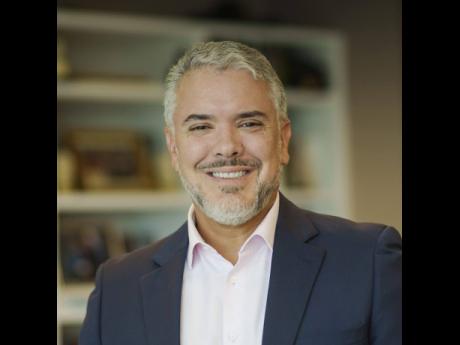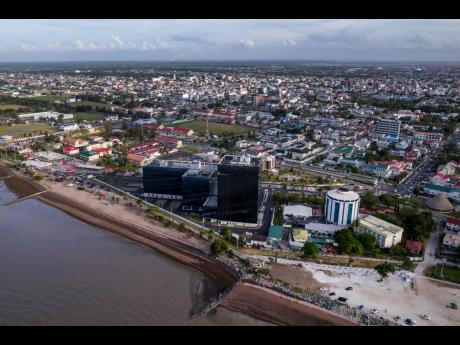Iván Duque Márquez | How Guyana became Latin America’s leading development lab
Guyana is on the cusp of a profound socio-economic transformation unlike any seen in Latin America and the Caribbean.
Despite its small population of roughly 800,000, it boasts the world’s fastest-growing economy. According to the World Bank, its GDP per capita, which surged by 62.5 per cent in 2022 alone, now exceeds that of major Latin American economies like Mexico and Brazil.
Guyana’s economic boom is fuelled by its vast oil reserves, estimated to exceed 11 billion barrels. After more than doubling its oil output in 2022, the country is on track to produce more than 800,000 barrels per day by 2025.
To put this in perspective, Guyana’s oil production is on par with those of much larger countries like Colombia, which has a population of 52 million. Guyana is expected to overtake Kuwait and the other Gulf countries and become the world’s biggest oil producer per capita.
But Guyana is taking a unique approach to its new-found oil wealth. Under the leadership of President Irfaan Ali, the Guyanese government aims to leverage its fossil fuel windfalls to combat poverty and accelerate its clean-energy transition. By investing heavily in renewable sources like hydro, solar, and wind power, the country aims to reduce its dependence on hydrocarbons, lower energy costs, and attract industrial and agricultural investments. With its proximity to the equator and low population density, it has the potential to become an attractive destination for international investors.
To achieve Guyana’s social development goals, the government is investing heavily in education, healthcare, housing, water, and sanitation. However, the country urgently needs an influx of migrant workers to meet the labour demands of its numerous construction and infrastructure projects.
With more than 85 per cent of its territory covered by tropical forests, Guyana is the only Amazonian country with minimal deforestation. Moreover, roughly 15 per cent of this territory is legally owned by indigenous communities. Recognising the importance of environmental conservation in achieving its social goals, Guyana initiated its low-carbon development strategy in 2009. The current administration has since bolstered this effort, effectively positioning the country as a nature-positive economy.
Accelerate energy transition
To reduce its dependence on hydrocarbons and foster green job creation, Guyana must accelerate its energy transition and invest in conservation, sustainable housing, and clean transportation. By capitalising on its nature-positive status to guarantee that green projects in Guyana generate greater environmental benefits than other locations, the country could establish itself as an attractive destination for ESG, or environmental, social and governance, investments.
Drawing inspiration from similar programmes in Colombia and Mexico, Guyana aims to promote green growth and boost employment by developing a comprehensive system of economic transfers. At the same time, the government could foster green cities through accelerated urban development.
To be sure, Guyana faces significant economic hurdles. To keep pace with development and maintain its current growth momentum, the country must adopt immigration policies that would enable it to attract the workforce required to complete existing construction projects, expand its financial services sector, and establish an industrial and entrepreneurial base. These steps are crucial to achieving full employment and facilitating rapid expansion of the middle class, thereby preventing civil unrest and political instability.
Safeguarding Guyana’s democracy is particularly critical in the face of Venezuelan President Nicolás Maduro’s threats to annex the oil-rich Essequibo region, which accounts for 75 per cent of Guyana’s territory and has been part of the country since it was still a British colony. The steadfast support of the United States, the United Kingdom, and the international community has been crucial to neutralising Maduro’s threats and averting a military conflict until the International Court of Justice decides which country the region belongs to.
Owing to its effective leadership and leveraging of hydrocarbon profits to drive socio-economic change, Guyana is now the leading development laboratory in Latin America and the Caribbean. Its ongoing commitment to sustainability and environmental conservation provides ample opportunities for investors, positioning the country as a key hub for climate-related financial instruments.
Moreover, Guyana offers a promising model for other oil-rich countries. With the support of the international community, major investors, multilateral institutions, and private firms, Guyana is demonstrating how developing countries can harness both renewable and non-renewable resources to escape the poverty trap.
Iván Duque Márquez is a former president of Colombia.© Project Syndicate 2024www.project-syndicate.org



